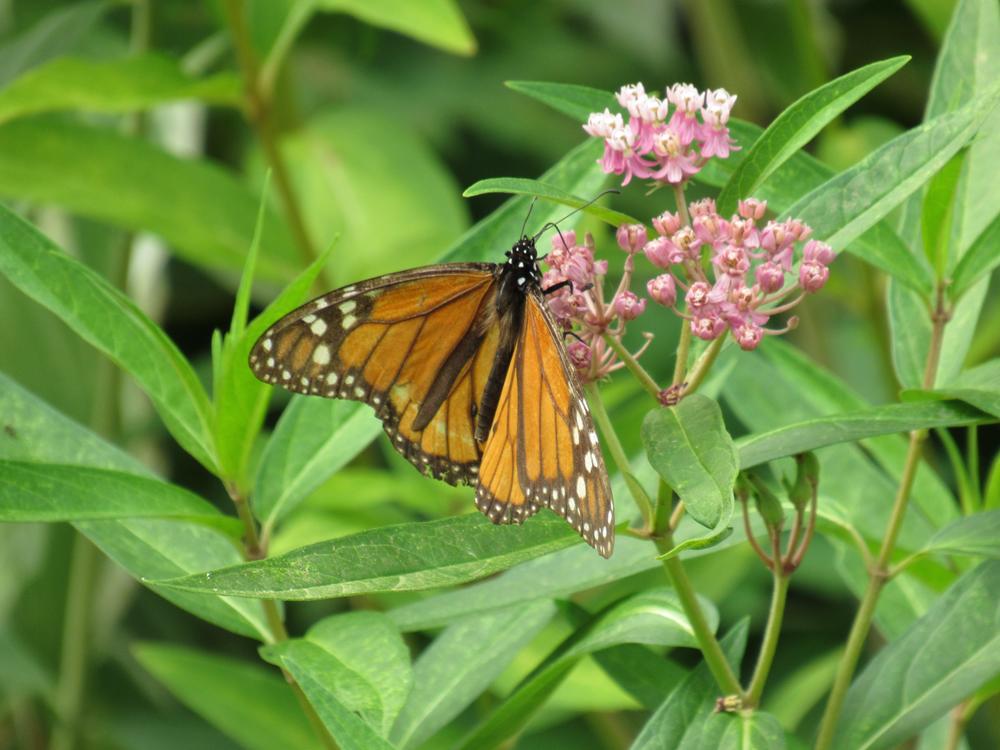
Caption
Recent research finds monarch butterfly populations are doing better than previously thought.
Credit: University of Georgia
William Snyder, a professor at the University of Georgia, on the citizen scientists who collected the data on butterflies.

Recent research finds monarch butterfly populations are doing better than previously thought.
For years scientists have been worried about the monarch butterfly dying off, but new research suggests the decline of its populations is more complicated than previously thought.
Past studies have shown the monarch’s wintering colonies are diminishing. However, recent data found the butterfly’s summer populations are generally doing well.
“And so, if they’re not declining in the summer, but they are declining at the wintering colonies,” said Andy Davis, a research scientist at the University of Georgia, “if you put two and two together, you can kind of see that there must be a problem in reaching the colonies.”
Why some monarchs aren’t reaching their winter colonies is uncertain. But Davis points to car strikes, a parasite that hinders migration, and climate change as possible answers.
The study analyzed data collected across decades by citizen scientists across the United States and observed butterflies of all species, not just the monarch. Bill Snyder, a professor at UGA, said the data showed about two-thirds of the butterflies in North America are doing more poorly than monarchs.
Snyder also said the monarch butterfly has been important to watch due to its popularity.
“So, the monarch has been just really important to insect conservation because it's kind of that flagship species,” Snyder said. “You need a flagship species in conservation to get people excited. They’re like the panda bears of the butterfly world.”
But since the monarch appears to be generally doing well, Snyder said there might be other butterflies that need focused attention, conservation-wise.